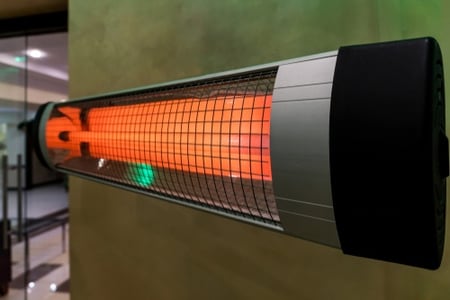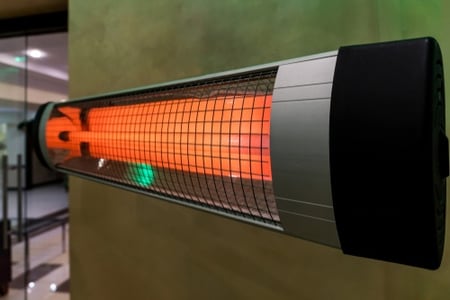Buildings have become more energy efficient thanks to construction practices that have emerged in recent decades. Older buildings were designed assuming open windows and as a result heating systems were oversized; on the other hand, modern construction practices focus on insulation and airtightness to reduce heating and cooling loads. However, there is still a fundamental challenge to overcome: space heating and hot water systems are very dependent on fossil fuels and energy efficiency can only reduce their carbon footprint to a certain extent.
Heating systems typically rely on boilers and furnaces powered by natural gas or heating oil. These represent about 60% of the environmental footprint of buildings, according to the New York Urban Green Council. Many buildings have access to Con Edison's steam supply, but this does not eliminate the environmental impact – steam production also depends on fossil fuels and emissions are simply happening elsewhere.
Reduce your building's energy costs and emissions.
How electrification can make heating systems more environmentally friendly
To eliminate greenhouse gas emissions from heating systems, two steps are required:
- The first step is to eliminate fuel combustion on site. This can be achieved by replacing oil and gas powered equipment with electric heating equipment. Using Con Edison steam doesn't solve the problem, since steam production requires a lot of carbon.
- So, the electricity grid must reduce its carbon footprint. Switching from combustion-based heating to electric heating only eliminates carbon emissions if the electricity comes from clean power plants.
A considerable barrier to electric heating in New York is the high price of electricity, with many renters paying rates in excess of 20 cents/kWh. There are two complementary approaches that can make electric heating viable: increasing equipment efficiency and reducing the cost of each kilowatt-hour.

Electric resistance heaters have been around for decades, but they are very expensive to operate, consuming one kWh of electricity for every kWh of heat. As a result, resistance heaters can drastically increase your energy bills.
Electric heat pumps are a much more efficient option, providing 2 to 4 kWh of heat for every kWh of electricity consumed. In other words, a heat pump can serve the same load as a resistance heater while reducing energy consumption by more than 50%. Heat pumps can be viewed as air conditioners or refrigerators operating in reverse:
- Air conditioners and refrigerators extract heat from an enclosed space to keep it at a lower temperature than the surrounding environment. They achieve this with repeated condensation and evaporation of a refrigerant.
- Heat pumps extract heat from the environment, delivering it to an enclosed space or container. They also use refrigerant condensation and evaporation, but the direction of heat flow is reversed.
In fact, some heat pumps are designed for reversible operation, to be used as air conditioners during the summer. With this feature, they allow the use of the same type of equipment for three different building systems: space heating, air conditioning and hot water. In buildings that require simultaneous heating and cooling of different areas, heat pumps can be used with a shared water circuit to exchange heat between rooms.
The challenge of a heat pump upgrade can vary depending on the distribution system currently used in a building. Systems with air ducts or hydronic piping are simpler to upgrade, as heat pumps can also use air or water to distribute heat. However, steam-based systems cannot be adapted to use heat pumps and the entire installation must be changed.
Adapting energy systems to electrified buildings
As mentioned previously, there is little benefit to making all building systems electric if production continues to rely on coal, natural gas or diesel. Green heating is only achieved if the energy source does not produce emissions, and some options are hydroelectricity, photovoltaic solar panels and wind turbines.
Solar panels and wind turbines have been criticized for their variable energy output, but this can be resolved by combining them with energy storage, which has become more affordable lately. Consider the case of Australia: many large companies are opting for a combination of renewables and storage as it provides a lower cost of electricity than the local grid, dominated by coal and gas.
Modern electrical networks tend to experience their highest annual demand on hot summer days, as air conditioning equipment is mostly electrical, while heating equipment is mainly combustion-based. This behavior will probably be reversed with the electrification of buildings and peak demand will occur on cold winter nights.
The structure of the electricity grid could also undergo a transformation, from centralized generation in power plants, to distributed generation through smaller renewable systems and energy storage. Distributed energy systems can reduce the operating cost of electrical grids by reducing transmission and distribution charges by bringing generation and consumption closer together.

